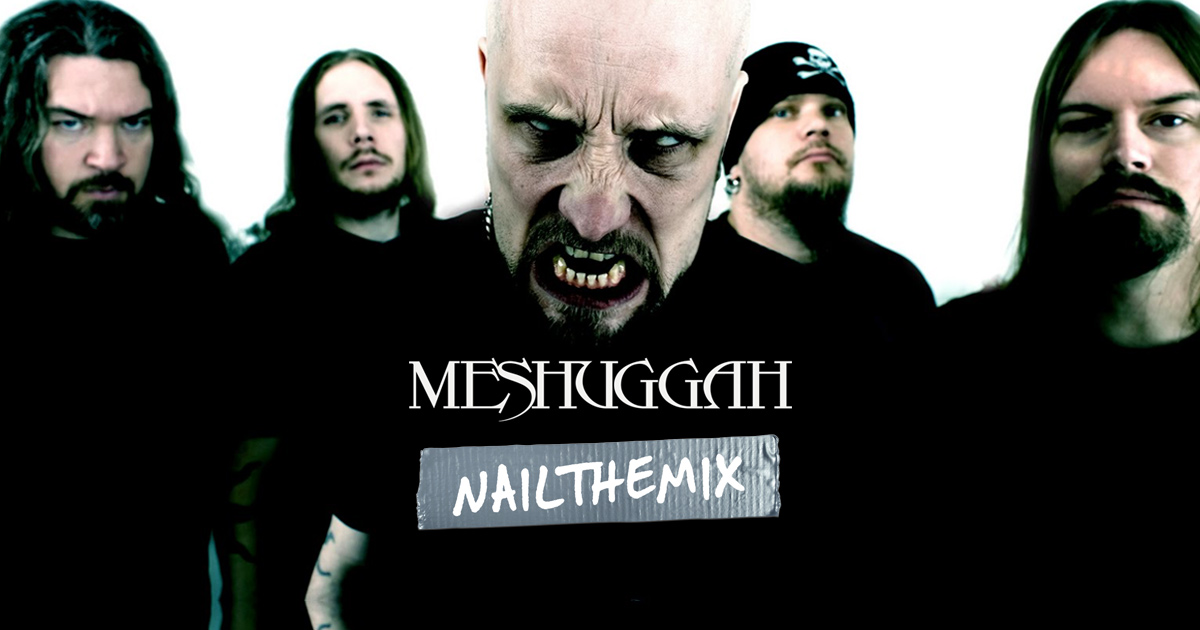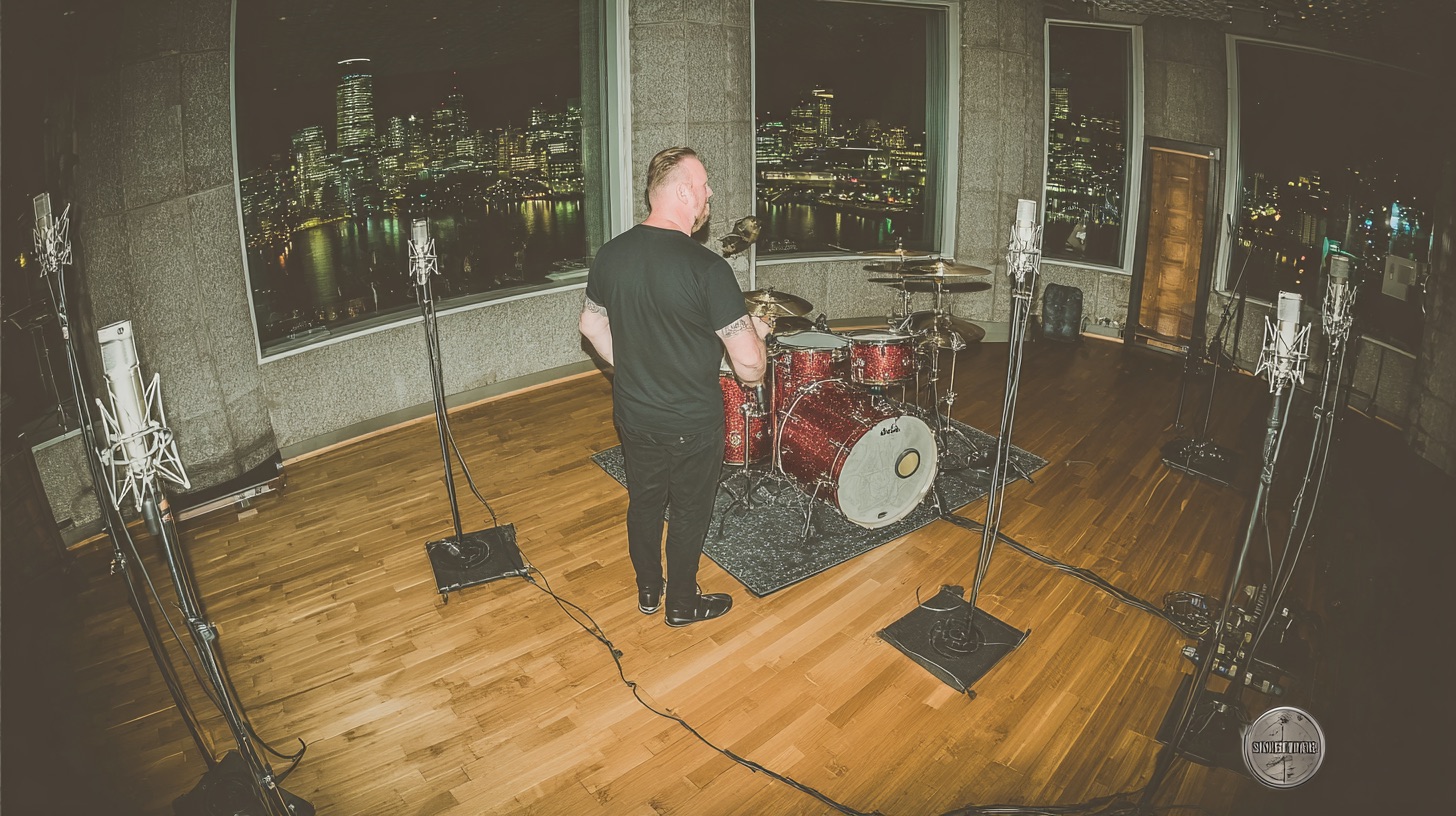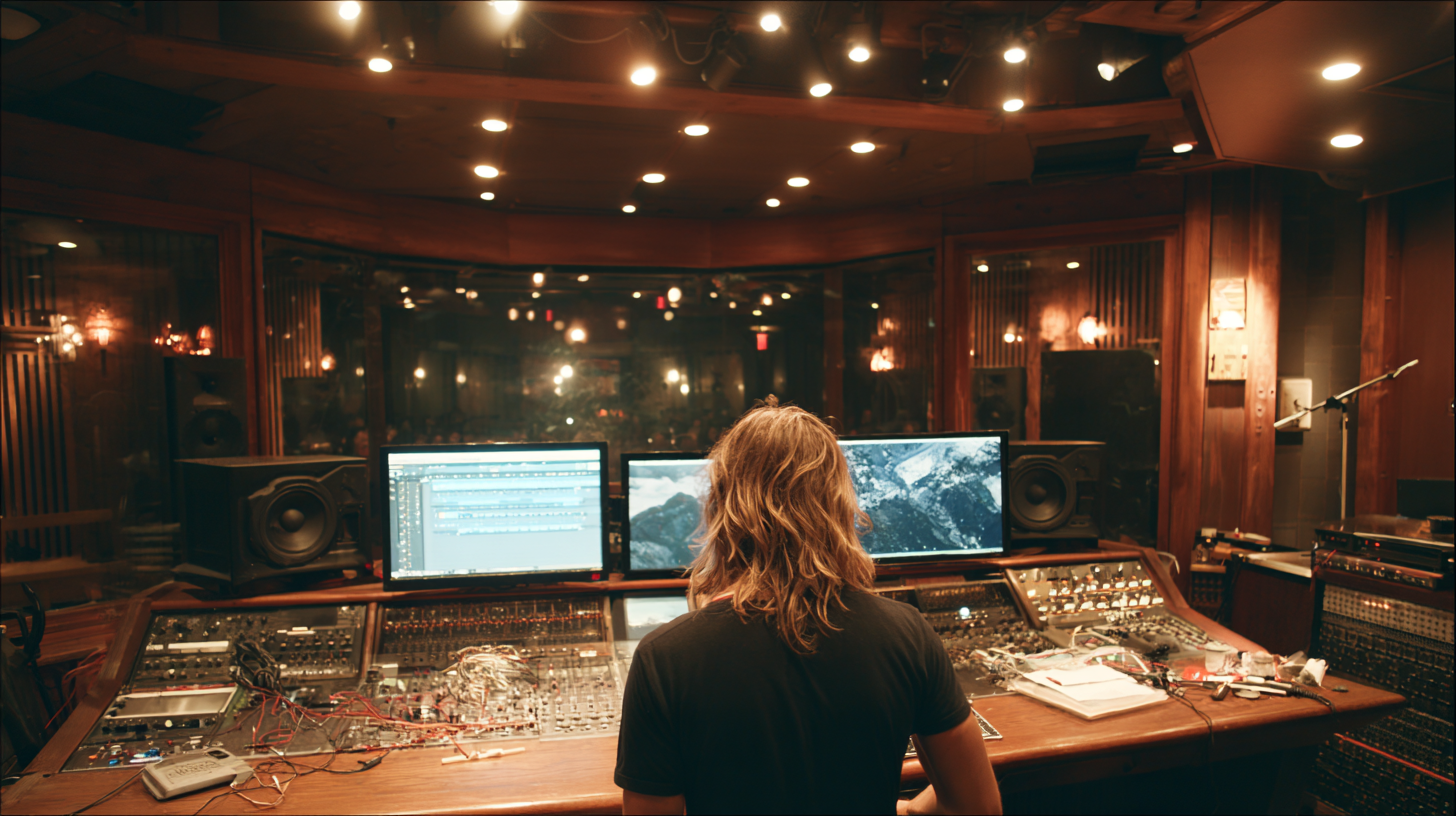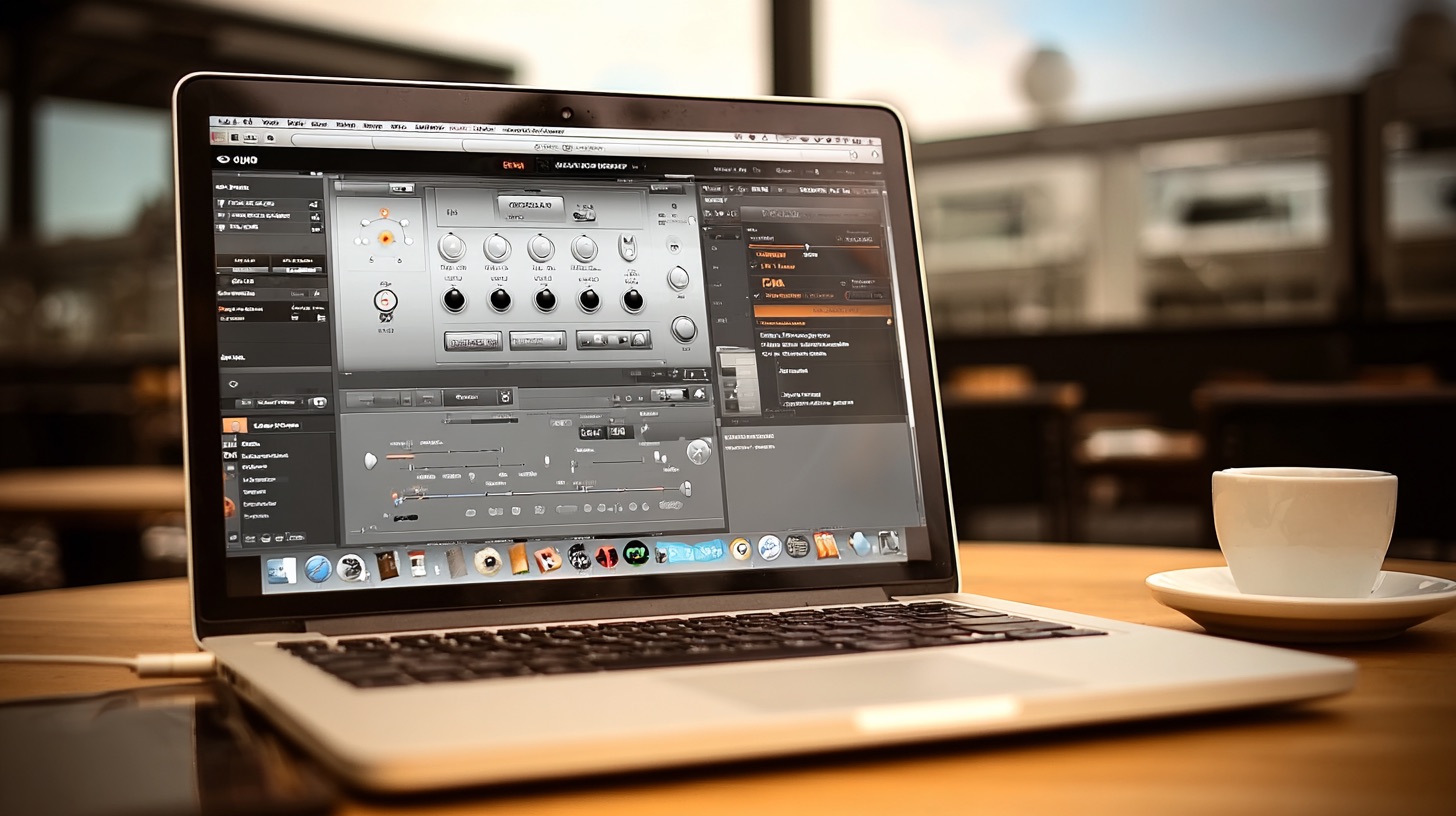
Get A Day To Remember’s Mix Glue with Andrew Wade’s Master Bus Settings
Nail The Mix Staff
Let’s talk about that final 5% of a mix—the magic that makes a track feel less like a collection of individual instruments and more like a single, cohesive, breathing beast. For rock and metal producers, this is often where the master bus comes into play. Producer/mixer Andrew Wade (A Day To Remember, Neck Deep, motionless in White) has a killer approach to master bus processing that adds punch and life without destroying the dynamics.
We’re going to break down his philosophy on mix bus compression, the one huge mistake he warns against, and the exact settings he uses to get that tight, punchy sound.
The #1 Rule: Never Mix Into a Limiter
Before we even touch a compressor, let’s get this out of the way. It’s a common trap, a guilty pleasure even pros fall into: slapping a limiter on the master bus while you’re still mixing. It feels good, right? Everything gets loud and exciting instantly.
But Andrew Wade is crystal clear on this: try to just never do it.
When you mix into a limiter, you’re not hearing your true mix. The limiter is constantly reacting to your changes, skewing your perception. You might think the snare needs to cut through more, so you push the fader up. The limiter clamps down harder, you lose some punch elsewhere, and you start chasing your tail. Turn the limiter off at the end, and you’re left with a bizarre, unbalanced mess. It’s a workflow that forces you to make bad decisions. Save the limiter for the final mastering stage, not for the mix process.
Why “Bake In” Compression Before Mastering?
So if you’re not using a limiter, what should go on the master bus? For Wade, the answer is often a touch of gentle compression. This isn’t about creating a “fake master” for a client. His thought process is simple and powerful: if the compression is essential to the “breathing” and “tightness” of the track, then it’s part of the mix itself.
He puts the compressor on because he knows the mix won’t feel right without that specific compression character. It’s a creative choice, not a technical fix. By adding it to his final mix, he’s delivering a clear vision to the mastering engineer, ensuring that essential glue isn’t lost or replaced by a different type of processing later on.
The Secret Sauce: The SSL Bus Compressor
The tool for the job is the legendary SSL Bus Compressor. It’s famous for its ability to “glue” tracks together. But with great power comes great responsibility; it’s incredibly easy to overdo it and ruin your mix’s punch.
Here’s how Wade dials it in to add life without sucking it out.
The Golden Rule of Gain Reduction
This is probably the most important part. Numbers aren’t everything in mixing, but in this case, a meter is your best friend.
Aim for just 2 to 3 dB of gain reduction on your loudest sections.
If you start pushing past that—hitting 4 dB or more—you are actively ruining things. You’ll start to lose the punch of your kick and snare, and that damage can’t be undone in mastering. That little bit of needle movement is all you need to tighten things up and embellish the dynamics you worked so hard to create.
The Settings for Perfect Pumping
For the style and tempo of the track in the session, Andrew landed on settings that allowed the compressor to move perfectly in time with the music. The goal is to hear a bit of pumping, but a good pumping that enhances the groove.
His settings on the SSL Bus Compressor were:
- Attack: 3 (which translates to about 10ms)
- Release: 0.3 (or 300ms)
- Ratio: 4:1
The attack is slow enough to let the initial transient of a drum hit poke through before the compression kicks in, preserving the punch. The release is timed to “breathe” back up before the next major hit, creating that signature rhythmic pulse.
It’s also important to remember that a classic SSL-style compressor affects all frequencies equally. Because the kick drum will drive the compressor, a light touch is essential to avoid making the whole mix sound flabby and over-compressed.
From Theory to Finished Track
The end result of this subtle move is a mix that feels tighter, more alive, and more cohesive. It squashes things together in a musical way, making the whole track feel more powerful.
A Day To Remember on Nail The Mix
Andrew Wade mixes "Right Back At It Again"
Get the Session
This is just one crucial technique from a full mixing session. Imagine watching a pro like Andrew Wade make hundreds of these small but critical decisions, from treating A Day To Remember’s vocals to dialing in their massive guitar tones. At Nail The Mix, you can get access to raw multitracks from world-class artists and watch the pros mix them from scratch.







